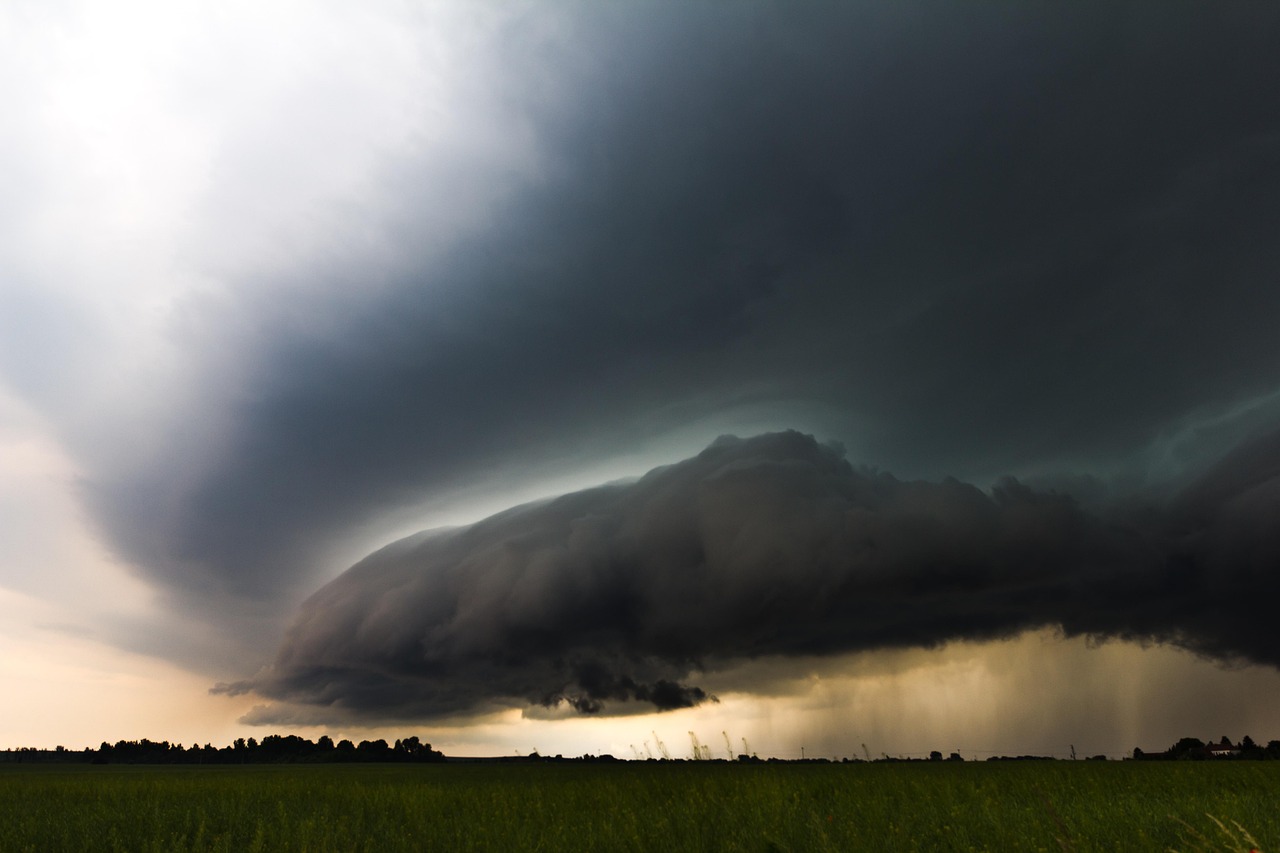Life doesn’t always go according to plan. One moment, things feel manageable. The next, you’re caught in a storm—emotionally overwhelmed, confused, maybe even broken. Whether it’s a job loss, relationship breakdown, health scare, or just one too many things going wrong, it’s easy to feel like peace is out of reach.
But here’s the truth: you can find peace, even in the middle of the storm.
Not by pretending everything is fine, and not by trying to control the uncontrollable—but by learning a powerful skill: accepting what you can’t change and taking action on what you can.
This mindset shift can transform anxiety into clarity, and frustration into freedom. Let’s talk about how.
Why We Lose Peace in the First Place
When life gets chaotic, most of us react by trying to fix everything. We obsess over what went wrong, overthink every scenario, and stress about things totally out of our control—other people’s opinions, past mistakes, or unpredictable outcomes.
This leads to mental and emotional burnout. Why? Because we’re trying to control the wind, when what we really need to do is adjust our sails.
The good news is: you don’t need control to find calm. You need clarity.
And clarity begins by separating what’s in your power from what isn’t.
Step 1: Recognize What You Can’t Change
We all face situations we wish were different. But not everything is ours to carry—or control.
Here are some examples of what you can’t change:
- The past and what’s already happened
- Other people’s behavior, choices, or emotions
- Unexpected life events (job loss, illness, death, etc.)
- The economy, the weather, the news, or social trends
- How others see or judge you
Fighting these things only deepens stress and helplessness. The moment you admit, “This is out of my hands,” is the moment you free up emotional energy to focus on what’s actually in your control.
Letting go doesn’t mean you don’t care. It means you’re wise enough to stop pouring your energy into what you cannot change—and brave enough to focus on what you can.
Step 2: Own What You Can Change
This is where your peace lives.
When life is stormy, you may not have power over the weather—but you always have power over the ship you’re steering.
What’s in your control?
- Your attitude – You can choose to respond with courage, patience, or gratitude.
- Your effort – You decide how much you show up, learn, or try again.
- Your habits – From sleep and food to screen time and self-talk, your choices shape your peace.
- Your boundaries – You get to decide what you allow into your space and energy.
- Your perspective – You can choose to see this challenge as a chance to grow.
Once you shift your focus to these things, you’ll feel more grounded—even if nothing outside of you changes right away. You’ll begin to see that peace doesn’t come from controlling everything—it comes from knowing you don’t have to.
Step 3: Practice Radical Acceptance
Now comes the hard part: accepting what is—without resisting it, avoiding it, or resenting it.
Radical acceptance doesn’t mean you like what’s happening. It doesn’t mean you approve. It simply means you stop fighting reality, and start facing it with open eyes and an open heart.
You might say:
- “This isn’t what I wanted, but it’s what I’m facing.”
- “I can’t change what happened, but I can choose what happens next.”
- “I feel hurt or scared—but I’m not powerless.”
This kind of acceptance is where healing begins. It calms the inner storm and gives you the mental space to make clear, intentional choices—without being ruled by fear or frustration.
Step 4: Take Meaningful Action
Once you’ve accepted what you can’t control, shift your focus to what you can do—right now.
Ask yourself:
- What’s one thing I can do today to care for myself?
- What action, even if small, will move me forward?
- What support do I need, and who can I ask?
- What boundary can I set to protect my peace?
You don’t need to have it all figured out. You just need to do the next right thing. Even small, steady steps can rebuild your sense of stability and hope.
Peace doesn’t come from everything being perfect. Peace comes from choosing to respond with purpose, not panic.
The Bigger Picture: Let the Storm Grow You
Here’s something we often forget: some of our strongest moments come from our hardest seasons.
Storms have a way of stripping away what’s shallow and showing us what’s solid. They teach us where our strength lies, who we can lean on, and what really matters.
You may not have chosen this storm, but you can choose what it makes of you.
- You can become more patient.
- You can grow more resilient.
- You can learn how to protect your peace and honor your needs.
- You can come out stronger, softer, and wiser.
And most importantly—you can remember that peace isn’t the absence of problems.
It’s the presence of clarity, courage, and self-compassion in the middle of them.
Final Words: You Are More Powerful Than the Storm
You don’t need perfect circumstances to feel at peace. You need perspective.
You don’t need to change the whole world. You need to take responsibility for your part in it.
You don’t need to have all the answers. You just need to trust that you’ll grow through this—and you’re not alone.
Let go of what’s out of your control. Take ownership of what’s within it. And allow peace to find you—not after the storm, but within it.





